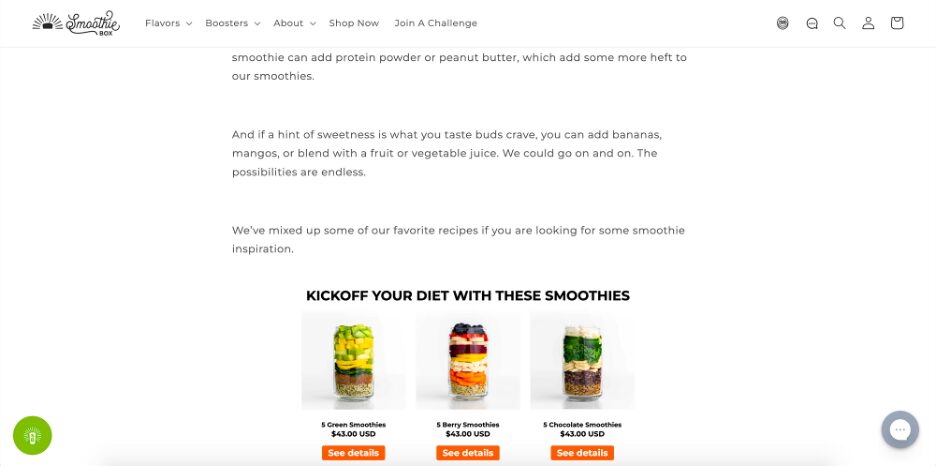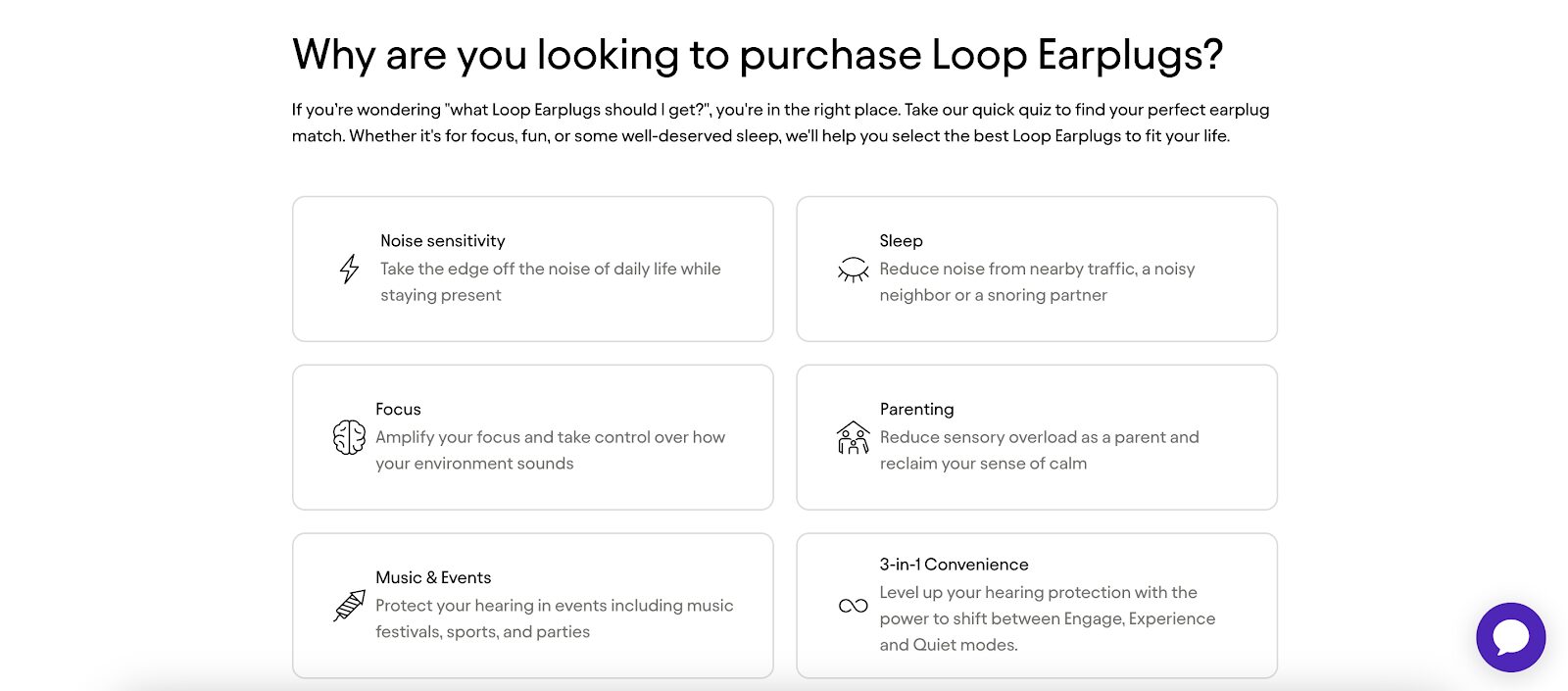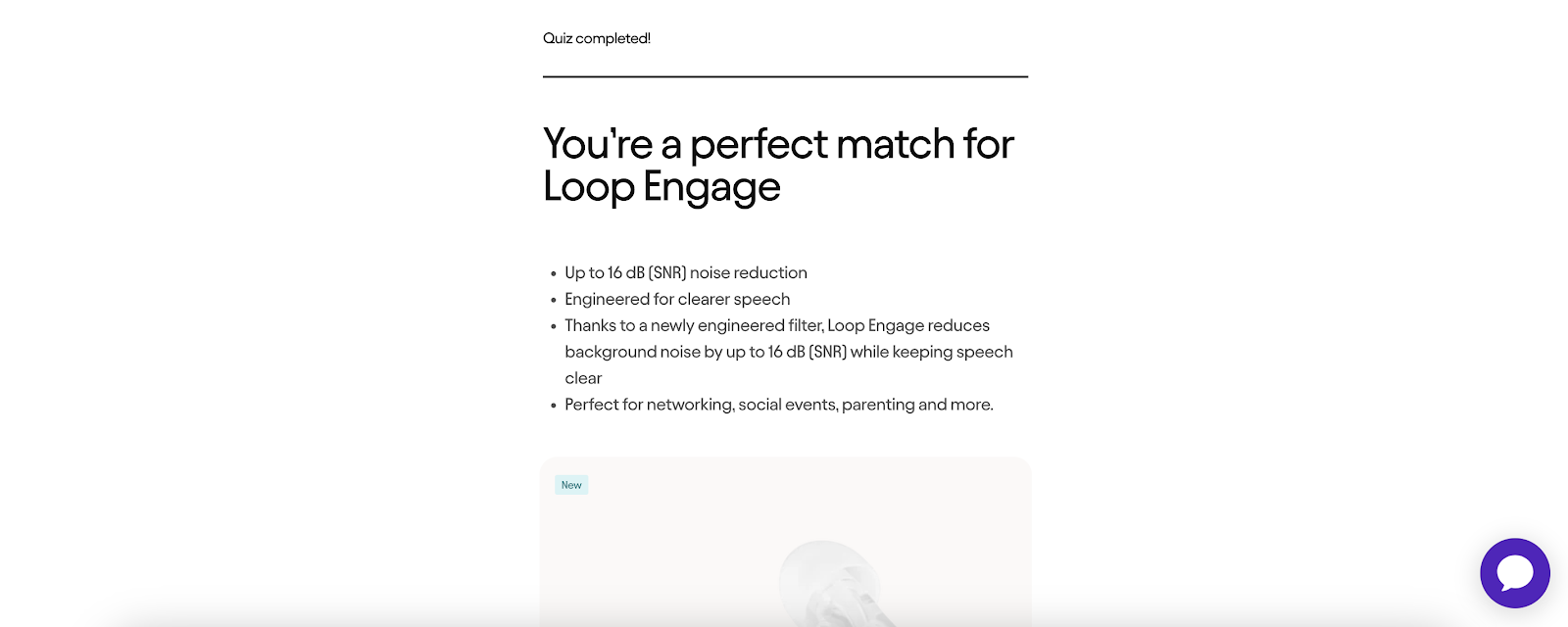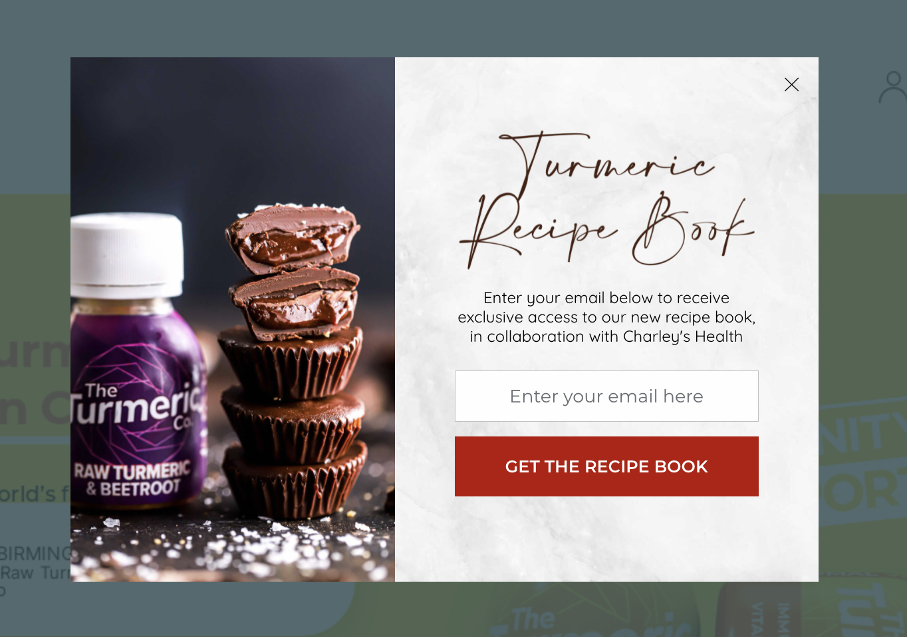- Blog
- 6 Advanced Content Marketing Strategies to Boost Engagement and Drive Conversions
6 Advanced Content Marketing Strategies to Boost Engagement and Drive Conversions
-
Nikolett Lorincz
- Marketing
- 6 min read
Table of Contents
You’ve tried the blog posts, the social media ads, and the email newsletters. They worked—kind of. But lately, your results have hit a plateau. Engagement is lukewarm, conversions are slow, and your target audience seems less interested than ever.
Here’s the hard truth: the same old content strategy won’t cut it anymore. Audiences are smarter, competition is fiercer, and algorithms are tougher to crack.
If you want to break through the noise, you need content marketing strategies that don’t just work—they wow. It’s time to consider advanced content marketing pieces that go beyond traditional formats.
In this article, we’ll dive into six advanced content marketing strategies designed to reignite your engagement, boost conversions, and put your brand back in the spotlight.
Ready to leave “good enough” behind? Let’s get started!
What sets an advanced content marketing strategy apart?
Basic content marketing strategies are like training wheels—they’re great for getting started, but they won’t win the race. An advanced content marketing strategy takes you to the next level by focusing on three key differentiators: precision, innovation, and high-quality content.
Here’s what makes it stand out:
1. Moving beyond basic content creation and promotion
At the core of every beginner content marketing strategy is the cycle of creating content and promoting it through social media posts or email marketing campaigns.
But advanced content marketers don’t just create content—they craft experiences.
Instead of publishing generic blog posts or one-size-fits-all videos, use advanced strategies:
- Focus on solving specific problems for niche audiences. This often involves creating long form content that provides comprehensive insights and value.
- Use storytelling to connect emotionally with readers.
- Plan content distribution across marketing channels in a way that maximizes engagement.
This level of intentionality ensures your content isn’t just consumed but valued and remembered.
2. Leveraging data-driven insights to tailor strategies
Advanced strategies are rooted in data, not guesswork. Analytics tools provide a wealth of information about your audience’s behaviors, preferences, and pain points.
Here’s how data transforms strategy:
- Audience segmentation: Know exactly who you’re targeting and what they need.
- Performance optimization: Spot what works and double down, while identifying what needs tweaking.
- Predictive insights: Use tools like AI to anticipate future trends or customer behaviors.
For example, instead of creating ten random blog posts, advanced content marketers analyze search data and conduct keyword research to determine what their target audience is actively seeking, ensuring content hits the mark every time.
3. Incorporating emerging tools and trends for a competitive edge
The digital landscape evolves at lightning speed. Staying ahead means experimenting with new tools, technologies, and content formats that keep your audience engaged.
From AI-powered content creation platforms like Jasper to automation tools like Zapier, you need to use tech to streamline workflows and create better content faster.
Also, you should keep an eye on trends. Short-form video, generative AI, and immersive experiences like AR/VR are shaping the future of content marketing. Brands that adopt these trends early gain a significant competitive edge.
6 advanced content marketing strategies for success
Now that we’ve covered what sets an advanced content marketing strategy apart, it’s time to get practical. These six strategies go beyond the basics, giving you the tools to captivate your target audience, outpace competitors, and drive real results.
Let’s explore how you can take your content marketing efforts to the next level.
1. Data-driven content personalization
Personalization isn’t a “nice to have” anymore—it’s a necessity for engaging potential customers. Customers expect brands to know their preferences and deliver content tailored to their interests.
Here’s how to nail it:
- Leverage analytics to understand your audience: Tools like Google Analytics, HubSpot, or even your CRM provide insights into what your audience cares about. Analyze behaviors like time spent on pages, click-through rates, and past purchases to craft hyper-relevant content.
- Use dynamic content delivery: Platforms like OptiMonk let you deliver different content to users based on their actions. For example, an ecommerce site can show product recommendations based on browsing history.
Pro tip:
Ecommerce brands can seamlessly integrate product recommendations into blog posts. It’s a subtle yet effective way to personalize the shopping experience and guide users toward relevant products.

2. Interactive and immersive content
Static blog posts are no longer enough to captivate today’s audience. People crave interaction and experiences. That’s where interactive and immersive content comes in.
If you’d like to incorporate it into your content strategy, you can add quizzes to your site.
Quizzes are not only fun but incredibly effective for engagement. They can help you learn about your visitors’ preferences, deliver personalized product recommendations, and even grow your email list.
Check out this example from Loop Earplugs.
They use quizzes to help customers find the perfect earplug based on their lifestyle and needs. It’s a seamless way to guide users to the right product while keeping them engaged.


You can also use popups to display quizzes. Interactive popups can grab attention and increase participation rates.
OptiMonk offers ready-to-use templates to get your quiz live in minutes:
Why is this approach so powerful? Interactive content holds your audience’s attention longer, encourages deeper engagement, and boosts shareability.
The result? More time on your site, more leads in your funnel, and more buzz around your brand.
Pro tip:
Experiment with other formats like polls, calculators, or even gamified experiences to see what resonates most with your audience.
3. Strategic popups for list building
Love them or hate them, there’s no denying that popups work—when they’re done right. A well-designed popup grabs attention without irritating your visitors, helping you grow your email list and drive conversions effectively.
Here’s how to use popups strategically:
- Use exit-intent popups: These popups appear just as a user is about to leave your site, offering one last chance to capture their attention. They’re perfect for reducing bounce rates and giving users a compelling reason to stay.
- Keep it clear and relevant: The message should be concise and tied to the blog content the visitor is engaging with. This ensures the popup feels natural and useful, not disruptive.
- Offer real value: Whether it’s a discount, a free resource, or exclusive content, give visitors a reason to act.
Check out this example from The Turmeric Co.
They effectively used popups to promote their free recipe book. Blog readers were offered the recipe book in exchange for their email addresses, giving them instant value while building the brand’s email list.

Pro tip:
Simplify your popup creation process with pre-made templates. OptiMonk offers designs that make it easy to create high-converting popups in minutes.
4. SEO-integrated content clusters
Want to dominate the search engine results pages and drive organic traffic while establishing authority in your niche? Content clusters are the answer.
This strategy organizes your content into a structured web of information that’s easy for both users and search engines to navigate.
Here’s how to create an SEO-integrated content cluster:
- Build content hubs: Start with a pillar page—a comprehensive, in-depth guide on a core topic your audience cares about (e.g., “Content Marketing Strategies”). Then, create supporting articles that dive into related subtopics, like “Interactive Content Ideas” or “How to Use Data for Personalization.”
- Master interlinking: Strengthen your cluster by linking subtopics back to the pillar page and interlinking the supporting articles. This signals to Google that your site has a wealth of information on the topic, boosting your chances of ranking higher.
- Leverage AI tools: Platforms like Clearscope and MarketMuse help identify content gaps and suggest subtopics to expand your cluster, ensuring your strategy is thorough and optimized.
Pro tip:
A well-structured content cluster does more than improve SEO—it positions your brand as a trusted authority in your industry, attracting more traffic and building credibility.
5. Video content strategies
It’s no secret—video content is the king of digital marketing. It’s engaging, easy to consume, and more likely to be shared than other formats.
Whether you’re looking to build awareness or drive conversions, a solid video content strategy can deliver serious results.
If you’d like to make the most of video, use both short-form and long-form videos.
Short-form videos (15–60 seconds) are perfect for platforms like TikTok, Instagram Reels, and YouTube Shorts to grab attention and boost discoverability. These are perfect for quick tips, teasers, or entertaining snippets.
Long-form videos are ideal for in-depth content. Think tutorials, webinars, or explainer videos for YouTube. They’re great for building trust and demonstrating expertise.
To ensure your videos rank high in search results, add transcripts, captions, and optimized titles and descriptions. Keywords and tags can also make your content easier to find.
Pro tip:
Use storytelling to add a human touch to your videos. Even a simple behind-the-scenes clip can resonate with your target audience and make your brand more relatable.
6. Advanced retargeting with content
Here’s a reality check: Most visitors won’t convert during their first interaction with your brand. But that doesn’t mean they’re a lost cause. Advanced retargeting strategies can re-engage these users at the perfect moment, nudging them toward conversion.
Here’s how to make retargeting work for you:
- Focus on users who have already shown interest by engaging with high-value content. For example, someone who reads your blog on “Top Marketing Tools” is likely a warm lead. Retarget them with ads promoting your software demo or free resource related to that topic.
- Use tools like Google Ads, Facebook Ads, and LinkedIn to serve personalized ads based on past user behavior. These platforms let you segment audiences for hyper-relevant targeting.
Pro tip:
Maximize ROI by segmenting your retargeting ads based on specific actions, such as time spent on a landing page or views of a product video. Personalization at this level ensures your ads hit the right note with each audience segment.
Wrapping up
An advanced content marketing strategy isn’t just about trying the latest trends—it’s about blending creativity, strategy, and data.
From personalized content and interactive experiences to video strategies and retargeting, these techniques can help you connect with your audience in meaningful ways.
Now, it’s your turn. Which of these strategies will you implement first?
Migration has never been easier
We made switching a no-brainer with our free, white-glove onboarding service so you can get started in the blink of an eye.

What should you do next?
Thanks for reading till the end. Here are 4 ways we can help you grow your business:
Boost conversions with proven use cases
Explore our Use Case Library, filled with actionable personalization examples and step-by-step guides to unlock your website's full potential. Check out Use Case Library
Create a free OptiMonk account
Create a free OptiMonk account and easily get started with popups and conversion rate optimization. Get OptiMonk free
Get advice from a CRO expert
Schedule a personalized discovery call with one of our experts to explore how OptiMonk can help you grow your business. Book a demo
Join our weekly newsletter
Real CRO insights & marketing tips. No fluff. Straight to your inbox. Subscribe now
Nikolett Lorincz
- Posted in
- Marketing
Partner with us
- © OptiMonk. All rights reserved!
- Terms of Use
- Privacy Policy
- Cookie Policy
Product updates: January Release 2025








